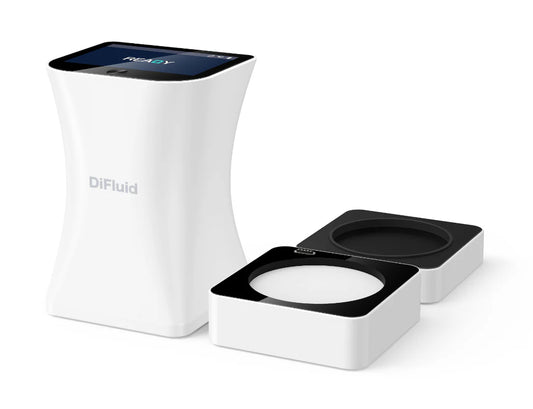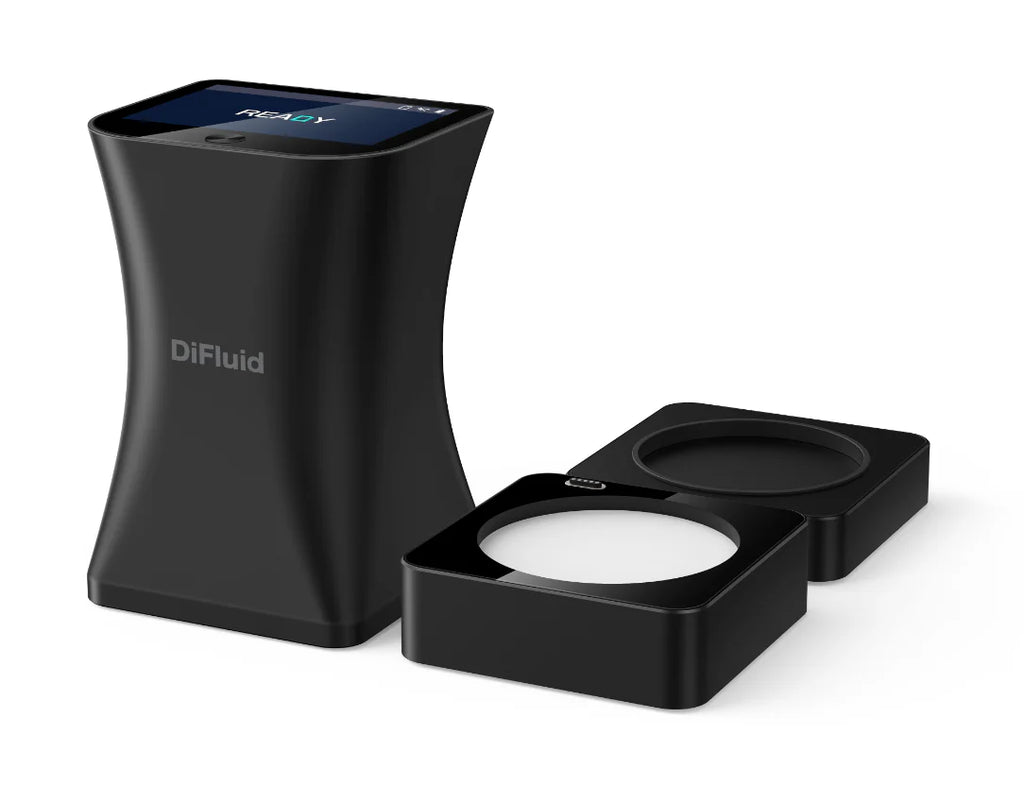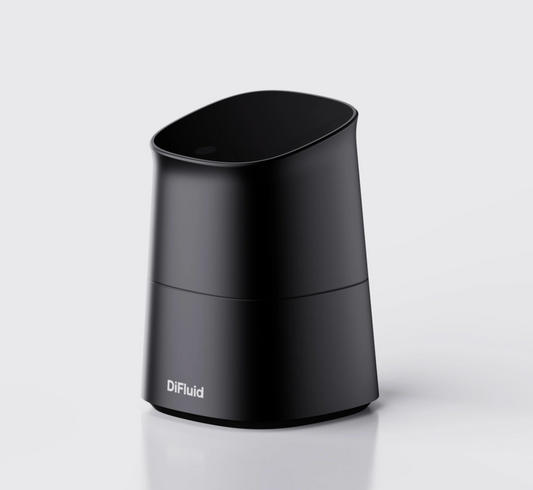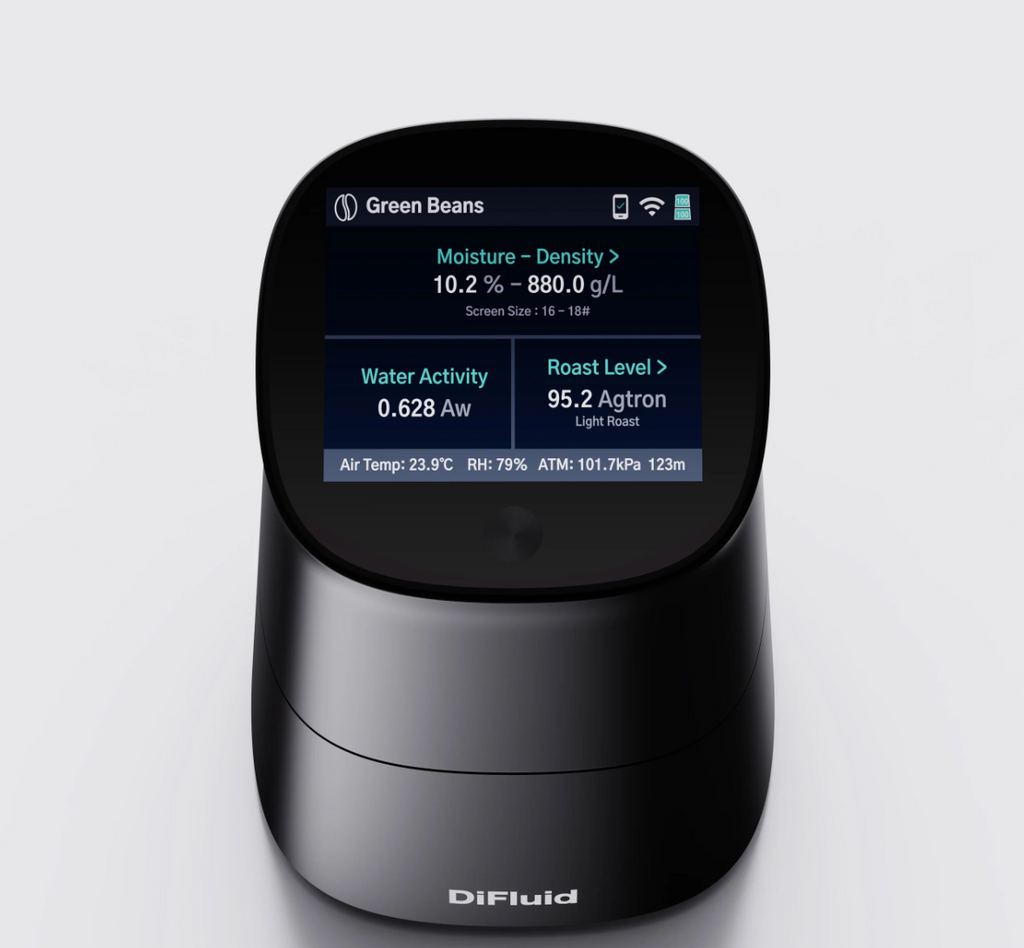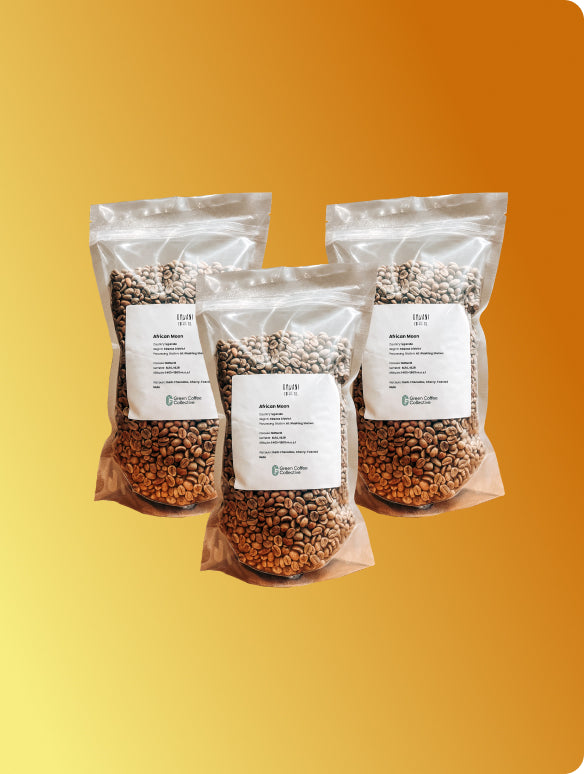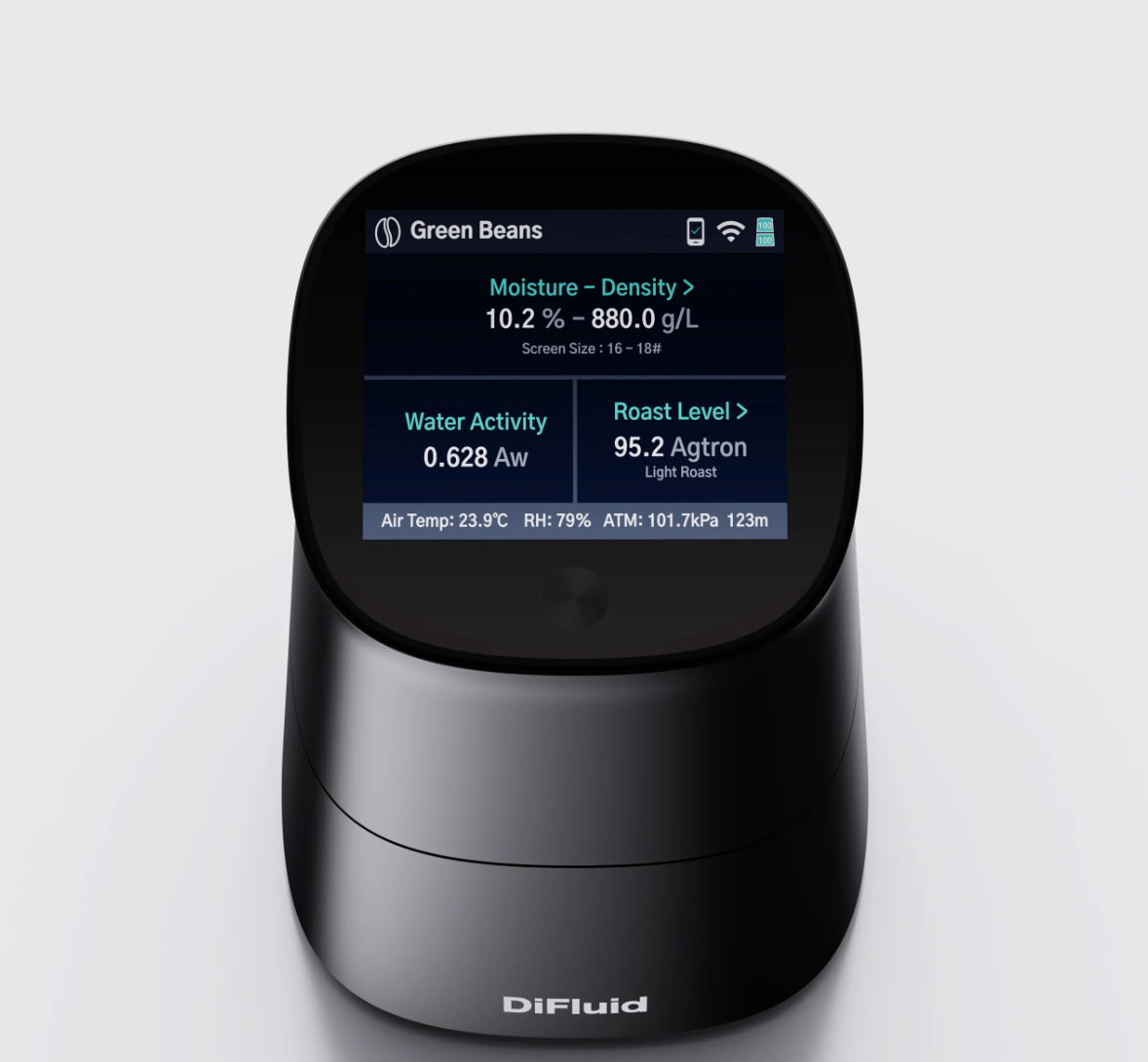
Moisture Meters
Moisture levels play a big role in green coffee quality. If they drop too low, coffee can taste flat or roast unpredictably. Too high, and you risk mould or defects. A good moisture meter gives you fast, reliable readings - helping you catch problems early and store, roast, and plan with confidence.
-
Explore NowRegular price £695.95
Regular priceUnit price / per -
Explore NowRegular price £2,000.00
Regular priceUnit price / per
Your guide to Moisture Meters
-
Why does moisture content matter in green coffee?
-
When should I measure it?
-
What makes a good moisture meter?
